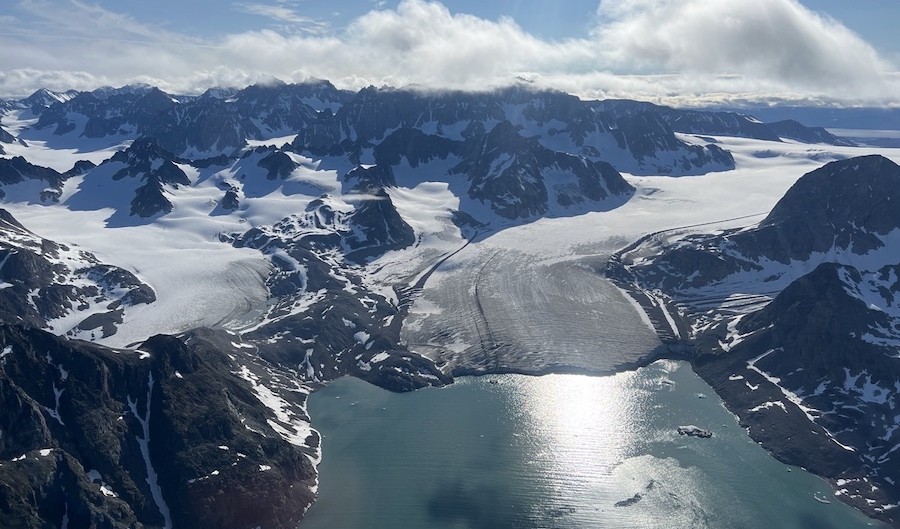The Greenland Ice Sheet (GrIS) has experienced increasing melt in recent years, highlighting the vulnerable condition of the cryosphere during these conditions of increasing climate change. Meltwater from the ice sheet is contributing to sea level changes around the world, causing societal challenges. However, current predictions of sea level change are under-constrained. In addition, a 2019 reporting noted that Greenland’s cumulative ice loss aligns with the high end scenario in the International Panel on Climate Change (IPPC) report. This is a discouraging and concerning result, especially when coupled with one study finding that this could lead to the collapse of the GrIS in less than 1000 years. All of this is highly concerning.

Four main points came from the IPCC special report on the ocean and cryosphere that are the motivation for the GRate proposal:
- The rate of sea level rise over the past decade is 2.5 times that of the period from 1901-1990.
- This increase is due to ice loss from the two ice sheets, Greenland and Antarctica
- Mass loss from the GrIS from 2007-2016 doubled relative to 1997-2006.
- The uncertainties related to ice-sheet instability are linked to:
- limited observations
- inadequate modeling of ice sheet processes
- a limited understanding of the interactions between the ocean, the ice and the atmosphere.
The GRate project brings together a strong multidisciplinary team with multiple years of collaboration that includes the successful completion of the Snow on Ice grant integrating paleo proxies and modeling of the SW Greenland ice sheet. This places us in a unique position to address all the uncertainties listed above as we build an ice sheet model that covers the Holocene period for the full Greenland Ice Sheet.

The GRate project is funded under the National Science Foundation (NSF) Office of Polar Programs.

